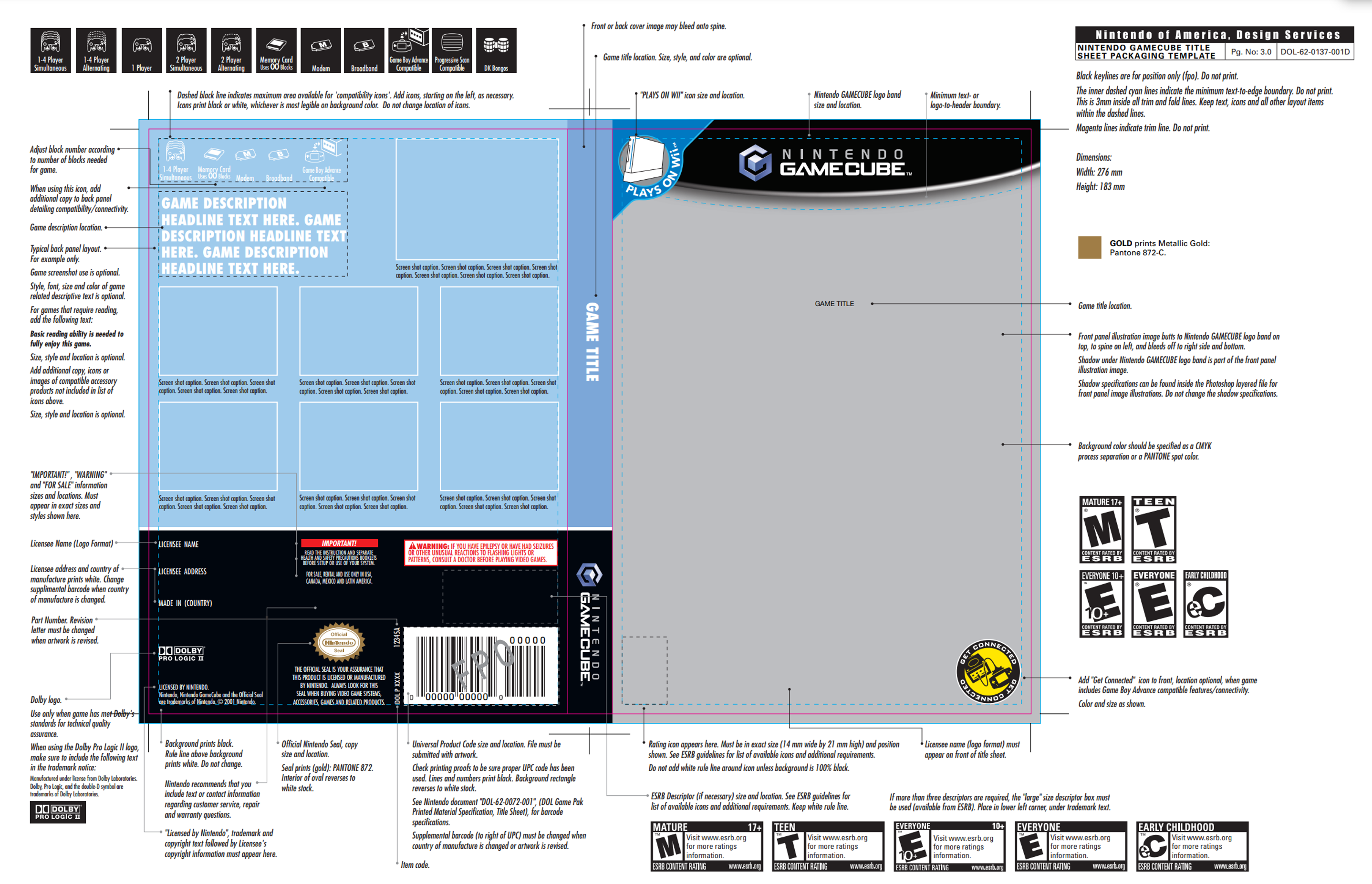Published
Don't Overspend On Modern Nintendo Games: Know What You're Buying!
It's dangerous out there, take this information!
By George W.
Way back in July, 2022, the first post I wrote on this blog was a breakdown of modern Nintendo video game variants. Given the recent Sixth Generation & Beyond Showcase Auction over at Heritage Auctions this week, I think it's a great time for a refresher (and word of caution) to those buying these games. Especially to be informed of what you're buying to save yourself from overspending on a game that's been misrepresented to you in the marketplace.
NOTE: It isn't my intention to paint Heritage Auctions or any seller as intentionally misleading buyers. Instead, it's to show how easy it is to mis-identify an item due to the complex nature of mass-production and manufacturing. Separately, all prices noted in this article are based on the time of publishing. Live listings may see price fluctuations.
To start, we'll discuss why some modern games sell for so much, and why collectors want them. We'll review some pitfalls that exist in the current collecting landscape, including misconceptions, and close with clarity on how to best identify modern first print games for your own collection in spite of the many challenges.
Collector Motivations
What is a key factor for collectors buying video games? Often it's the print run. Earlier prints tend to be most sought after for a few reasons, but most importantly: they're always less available than those from subsequent print runs.
For a price comparison, let's look at The Legend of Zelda: Breath of the Wild for Nintendo Switch. In this Thursday's auction, you'll find this game sold in mint grade (VGA 95) for vastly different prices. The first print (105211A product code) sold for $6250 (including buyer's premium). The later print, Explorer's Guide variant, sold in the same for "just" $937.50.
Marketplace Confusion
What happens when people seem to have a first print, but actually don't? It happens everywhere, unfortunately. Here are two worthwhile examples.
In the same auction as the aforementioned first Breath of the Wild, a "first print" Pokemon Y for Nintendo 3DS was advertised (101527A product code). The catch though is that this is not a first print, but might appear as one given there is an A revision in the product code. There are multiple prints that came before, including the true first print (80781A product code), notable for having the legacy ESRB rating design (black vs white background).
Heritage isn't alone in misidentifying these games. You can find plenty of games, where even the graders correctly identify the codes/variant of a game, but since they don't outright tell you it's a first print, sellers misinterpret that information. Take this Mario Kart 8 Deluxe for example, which was printed in 2020 (113550A product code), listed for $900. Similar to the Heritage example, it appears as a first print, but this is actually the "Not For Resale" variant included with Super Mario Party.
This Mario Kart 8 Deluxe listing is also relevant now because a true first print copy sold this week in the same grade... for $1156.25. Someone might see this sale, then later look at the eBay listing above thinking its a steal, but these are not the same item.
Common Misconceptions
A well intentioned, but misinformed factor I've seen is misattributing the satellite code (five digit, secondary UPC) on the game as solely indicating a first print. In all the examples I've shown above, they have 00000 satellite codes, but now you know a first print and later print can both have this code, and shouldn't be relied upon in isolation.
You might also see another misconception, which is that Japan printed games are always printed first. While true in some cases (Super Smash Bros. Melee and The Legend of Zelda: The Wind Waker), many still have USA first prints (Paper Mario: The Thousand Year Door, New Super Mario Bros Wii, Super Smash Bros for Wii U, and Mario Kart 8).
Follow The Data
To wrap things up, let's arm ourselves with enough knowledge to correctly identify some modern games!
Recently, I came across a seemingly authentic Nintendo GameCube technical design document, source unknown, but shown to me by a member of the collecting community. This document is what Nintendo would have sent to manufacturers and publishers to align their game packaging with Nintendo's brand/image. I recommend taking a close look, especially at the descriptions of codes.

(Right click and select "Open image in new tab" to see the full size)
With all this information in mind, how can we more reliably identify a first print? The answer is unsatisfying, but here is my recommended approach:
- Product code is the lowest number among a sample of known prints
- Product code has an
Asuffix, indicating it is the first version of the given print - Examine artwork to identify old and new details.
- Look at dates, logos, and key art. Pro tip: I like to get relatively high resolution images of multiple prints of a game, and layer them in Photoshop. I hide/show the layers which often makes it easy to identify discrete differences.
There are still exceptions, even with the above approach. For instance, Japan and USA printed copies can have product codes only one number apart (i.e., USA 10101A vs Japan 10102A). As is the case with games like Wind Waker, the Japan variant is still recognized as having the earliest print run (even though it was likely partially printed in parallel with the USA version) and technically has one digit higher product code.
If you made it to the end of this extensive post, thank you! Feel free to reach out if you find any inaccuracies or think further clarity is needed on a given topic. It's my hope you feel ready to research and buy modern Nintendo games using this information!
